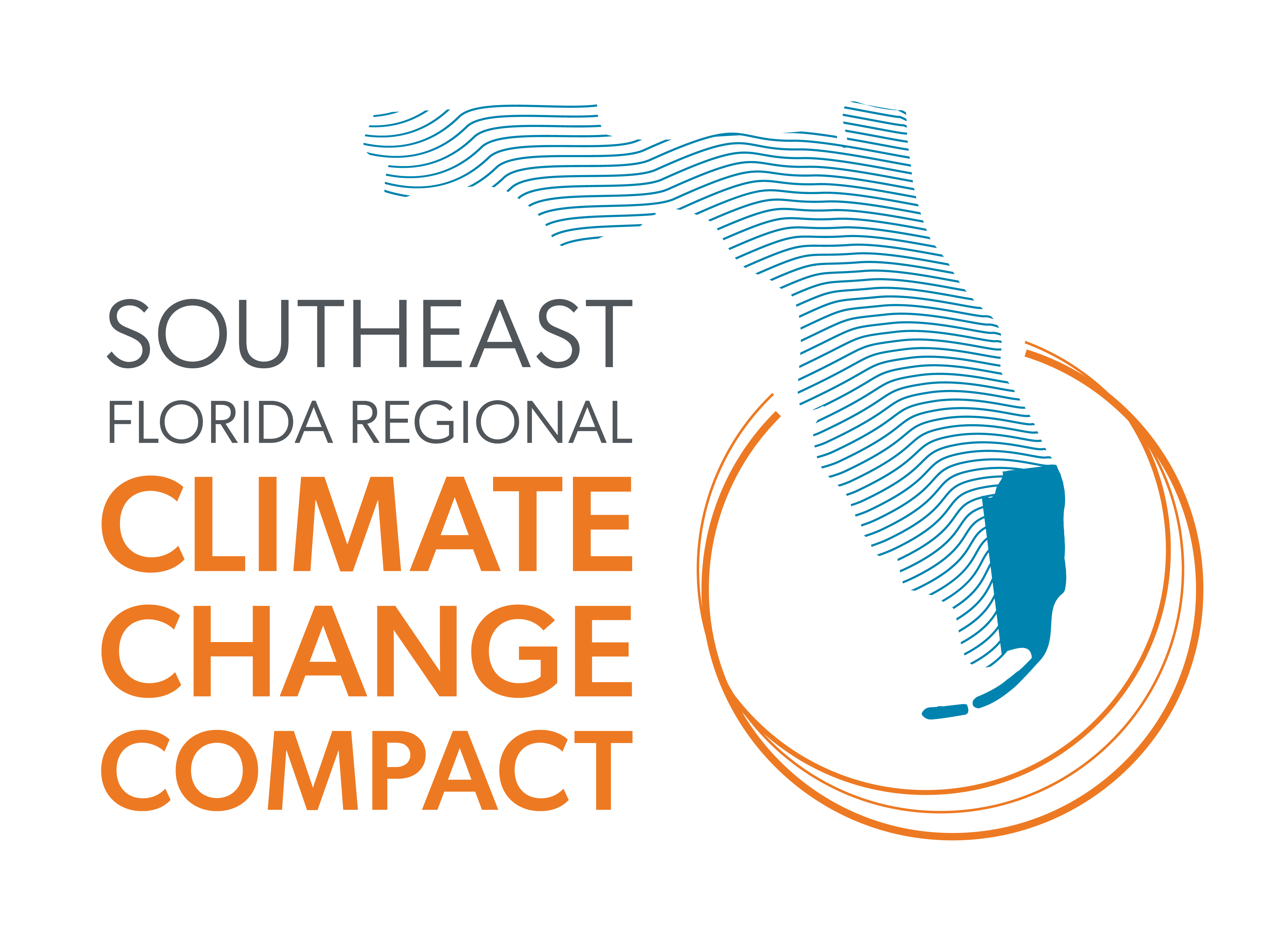Ensure that practices, policies, programs and investments addressing climate change are shaped by equitable processes and achieve equitable outcomes.
STRATEGIES
EQ-1.1 Determine appropriate and locally relevant performance metrics and monitor for climate equity outcomes with input from members of diverse communities on metrics and methods for ensuring data validity.
IMPLEMENTERS: local governments, Tribal governments, community-based organizations,
non-profit organizations, regional agencies, Southeast Florida Regional Climate Change Compact
EQ-1.2 Incorporate climate equity considerations and socioeconomic data in fiscal planning, budgeting, project prioritization and program and policy development. Identify and prioritize communities that such efforts seek to benefit.
IMPLEMENTERS: local governments, Tribal governments, regional agencies
EQ-1.3 Incorporate climate equity in comprehensive, strategic and other relevant plans.
IMPLEMENTERS: local governments, Tribal governments, regional agencies
